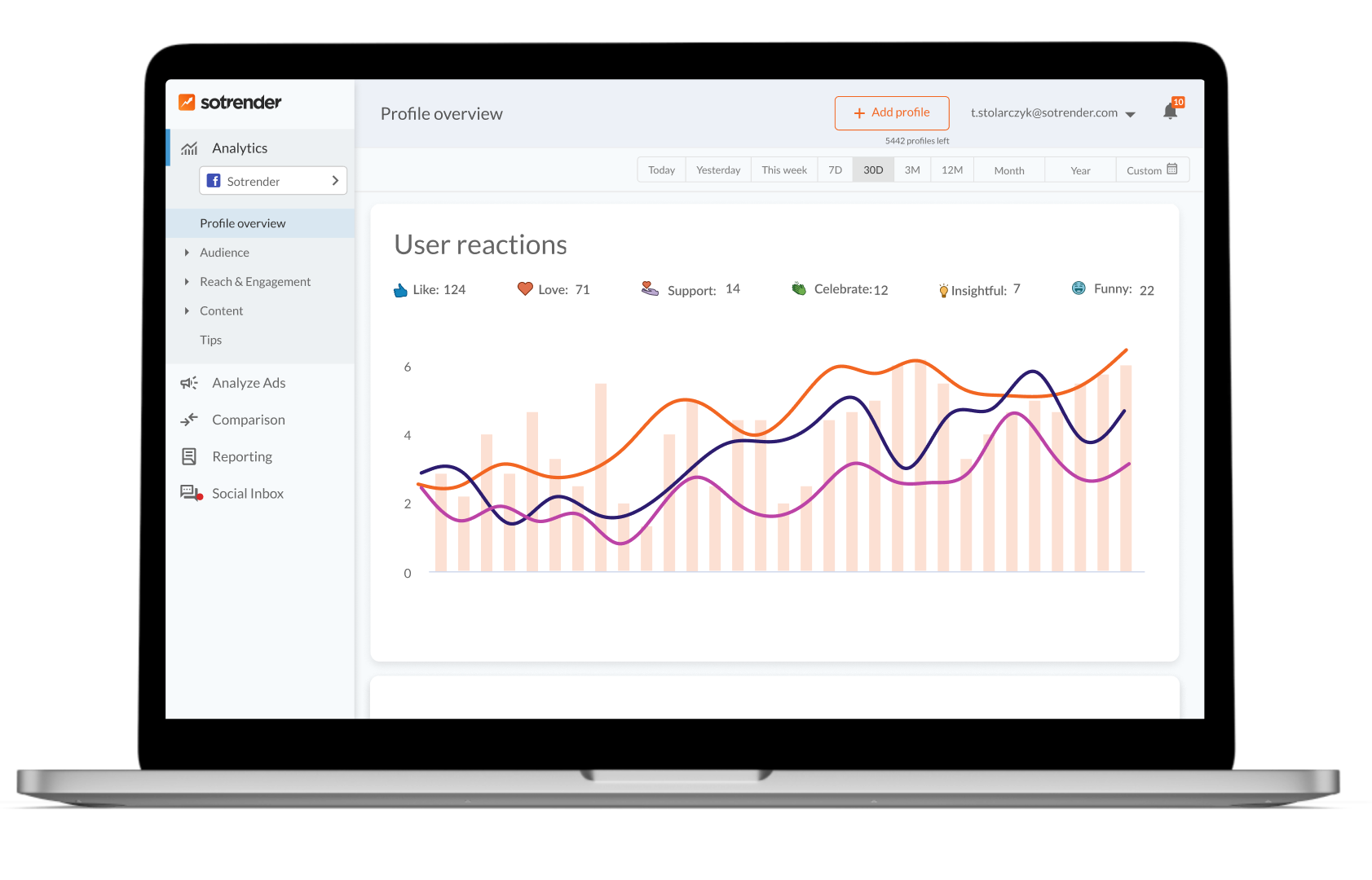To make a definitive plan for your Instagram marketing strategy, you’ll want to track a variety of follower metrics, with follower count being a pivotal metric in Instagram analytics. Luckily, getting the hang of Instagram analytics won’t take you too long with the right guidance.
Follower growth is also an important metric for measuring Instagram account performance and engagement.
We’ll explain how you can use Instagram’s built-in tool and a third-party application to track Instagram follower history, the followers’ demographic data, and activity.
Using Instagram Insights to track Instagram followers for free
Your first instinct was probably to look through the analytics that are already available in the Instagram app, right? Since Instagram Insights is free, there’s no risk in trying it out. Here’s what we can see in the Insights interface.
The first thing you have to do is access your Instagram profile. Make sure that this is an Instagram Business profile with Insights available. If you’re not sure how to do that, you can learn more about it in our post about setting up an Instagram Business profile. If you have a business profile already, then you can get started.
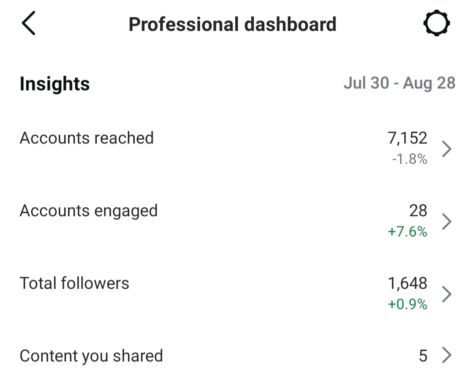
What you’ll see first is the general overview of data. It specifies the date range, brief audience statistics, reach, and engagement. To track your how many Instagram followers you have gained or lost, press “Total followers”.
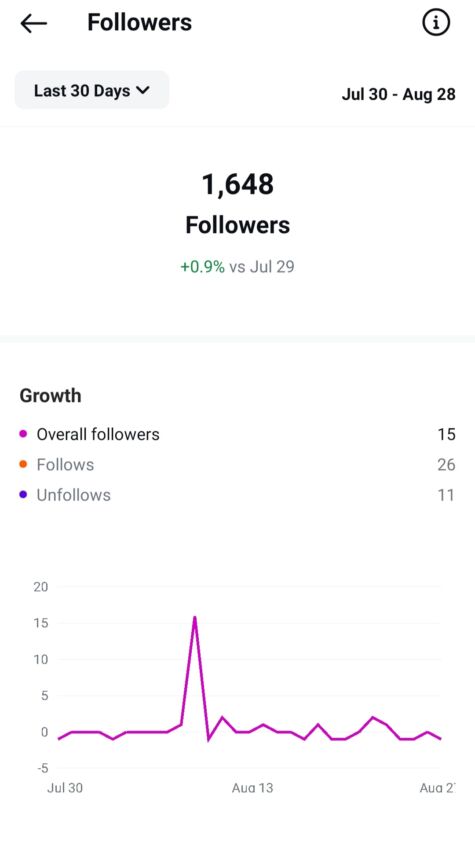
One of the first things you’ll notice is that you have a limited scope of time to work with. Unfortunately, the date range includes max. 90 days of historical data. If you need more historical Instagram data, the built-in tool won’t be of much help. However, a brief overview is enough when you are okay with writing things down manually.
Next up – audience demographics and activity. You will see basic information about your audience including their location, age, and gender.
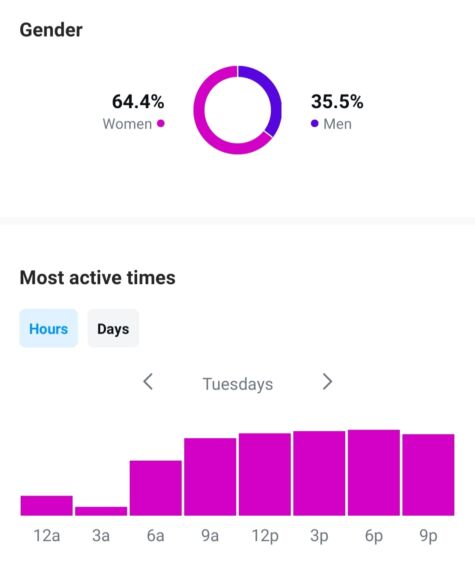
You will be able to see these demographics anytime, but you can track them over time only manually.
As for activity, it’s a bit harder to read. You can view the times when followers are most active by day or hour, but not both at the same time.
All of this could potentially be enough for what you need to know about your Instagram metrics if you’re willing to put in the effort. However, we totally understand if you don’t have the time to do this every week or every month to check your progress. We’ll talk about the alternative in the next section.
To determine how many Instagram followers you have at a specific point in time, Instagram Insights provides initial analytics. However, for deeper analysis and tracking over longer periods, you might need more comprehensive tools.
Tracking Instagram followers with Sotrender
One of the drawbacks of using Instagram Insights for follower metrics is that you can’t see multiple things at the same time. For example, it would be especially helpful to track how your Instagram followers’ age ranges changed over time. At the same time, it would be interesting to see if you’re becoming more popular in specific regions. Let’s see what you can find out with Sotrender’s Instagram analytics by connecting to your Instagram account for visualizing follower data.
Additionally, Sotrender allows you to compare and analyze multiple Instagram accounts, providing insights into performance and areas for improvement.
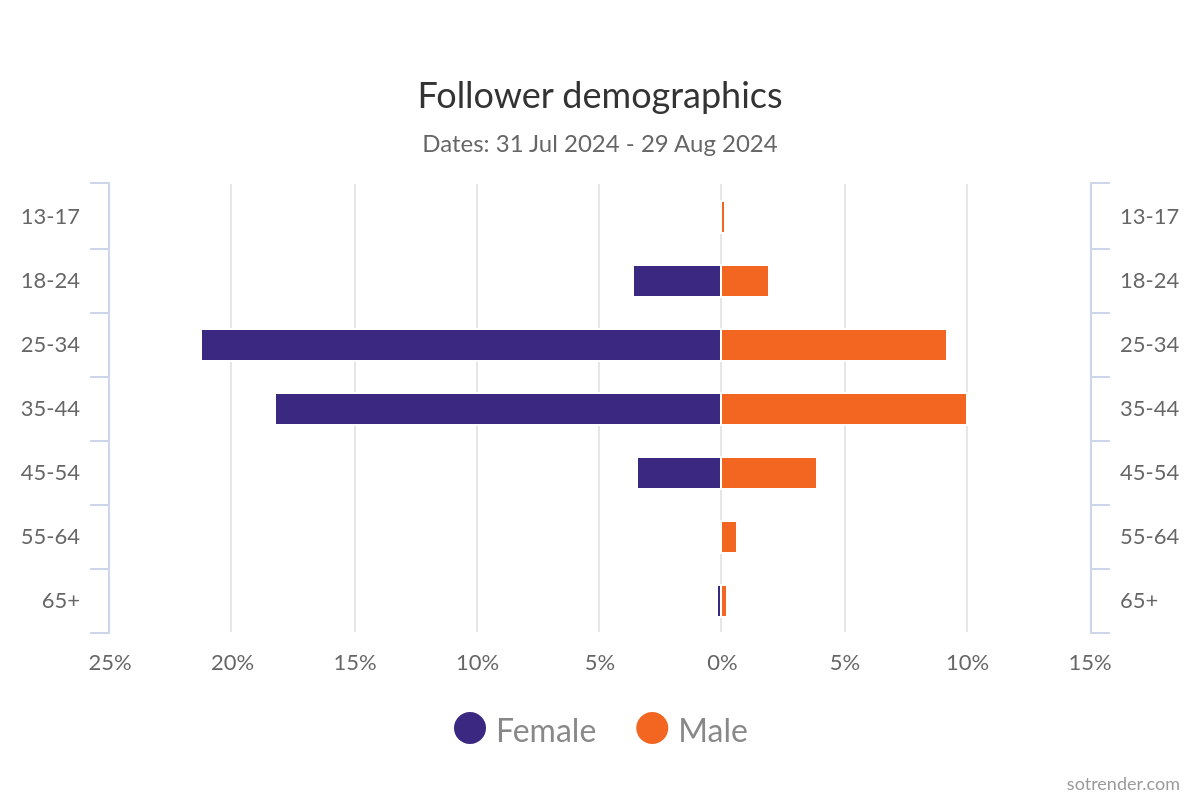
In the graph above, you can see the distribution of male and female followers according to age. Now, you’ll have a better understanding of which groups of people follow you the most as well as the least.
Remember how Instagram doesn’t let you see the best hour and day to post at the same time? But you can find that out using a heatmap in Sotrender. With just one glance, you can see that the best times for your followers to see your content fall between 8 a.m. and 10 p.m.
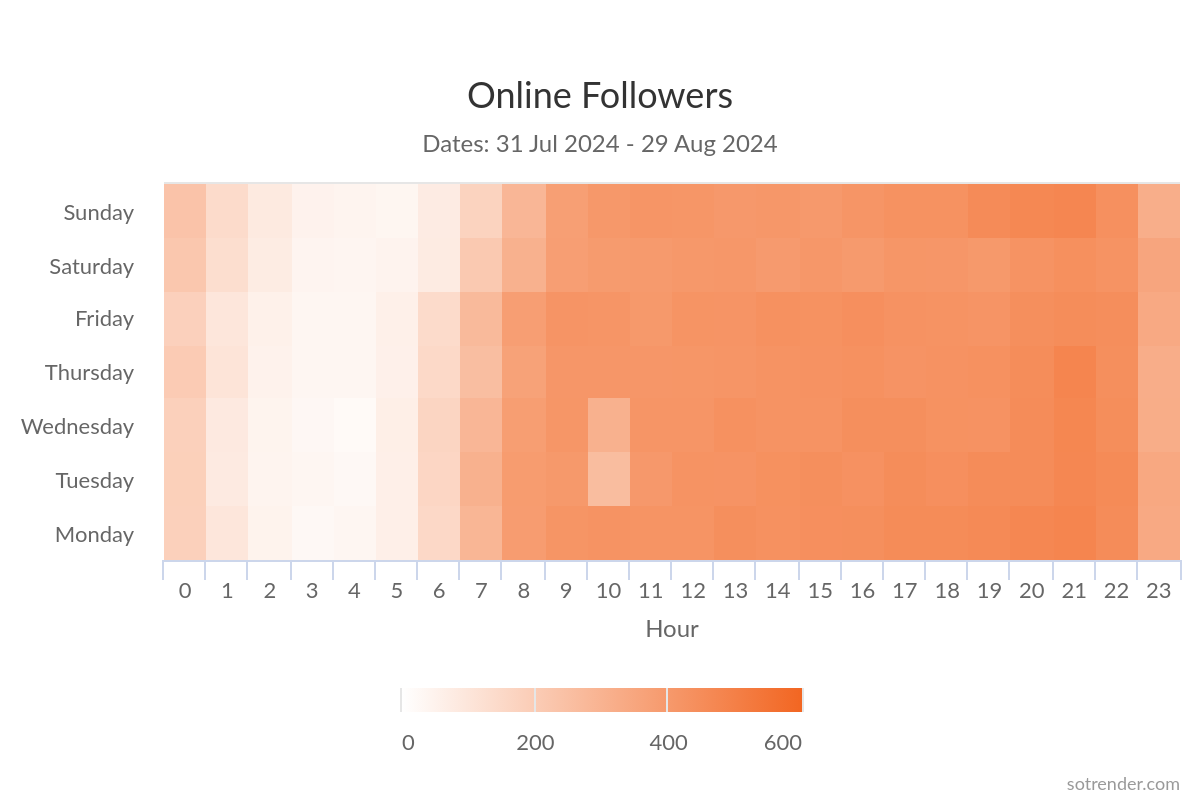
There are plenty of additional metrics, too. For each of your posts, you’ll be able to monitor how it performed – how many likes, comments, impressions, or saves it got, but also other engagement stats, for example, Engagement Rate.
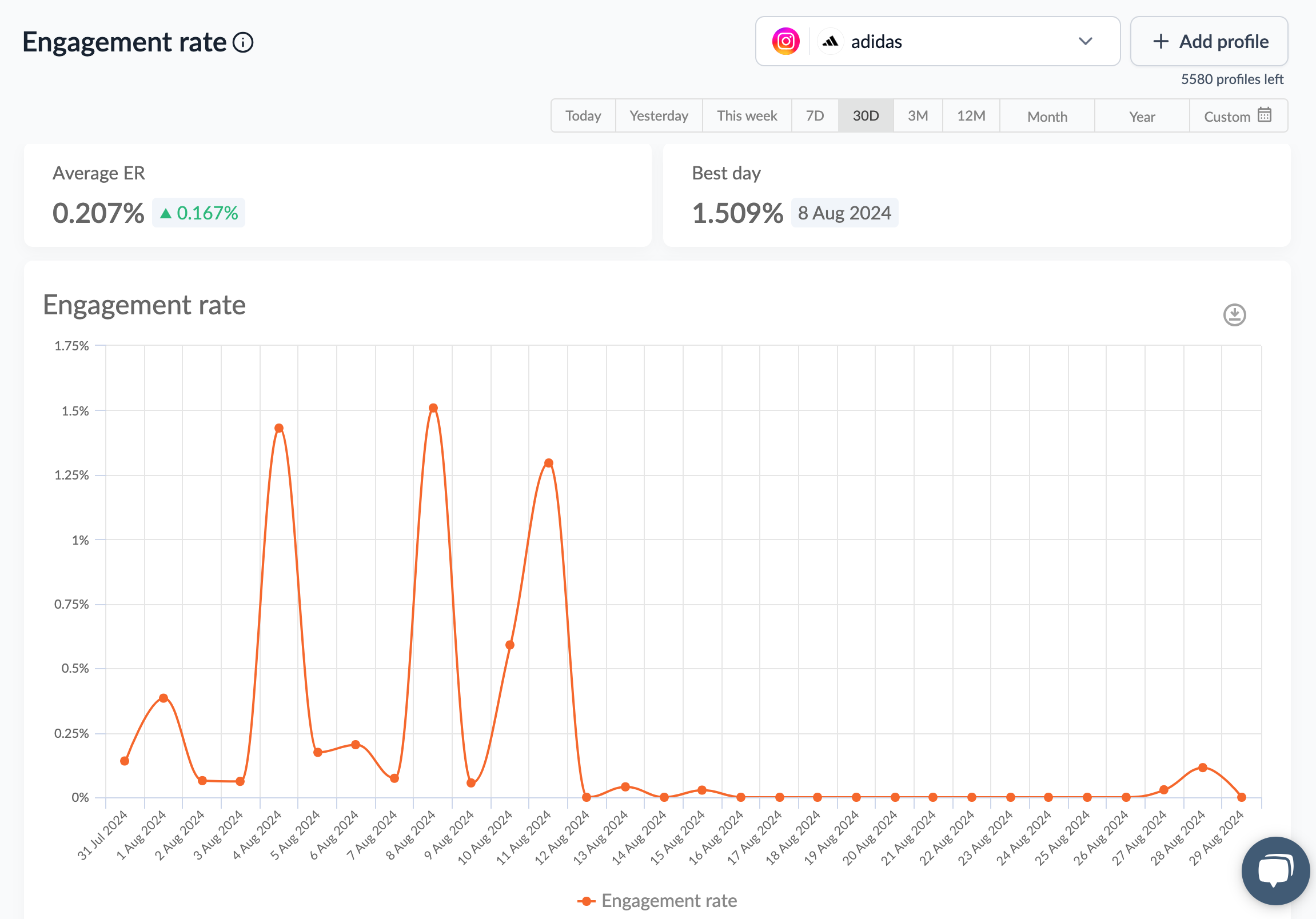
Weekly and monthly reports take up a large portion of your time that could be spent on completing other tasks. Using an external app that offers automatic reporting will help save you time. Just head over to the reporting tab and schedule recurring reports. You can easily minimize the amount of effort you have to put into analytics and reporting.
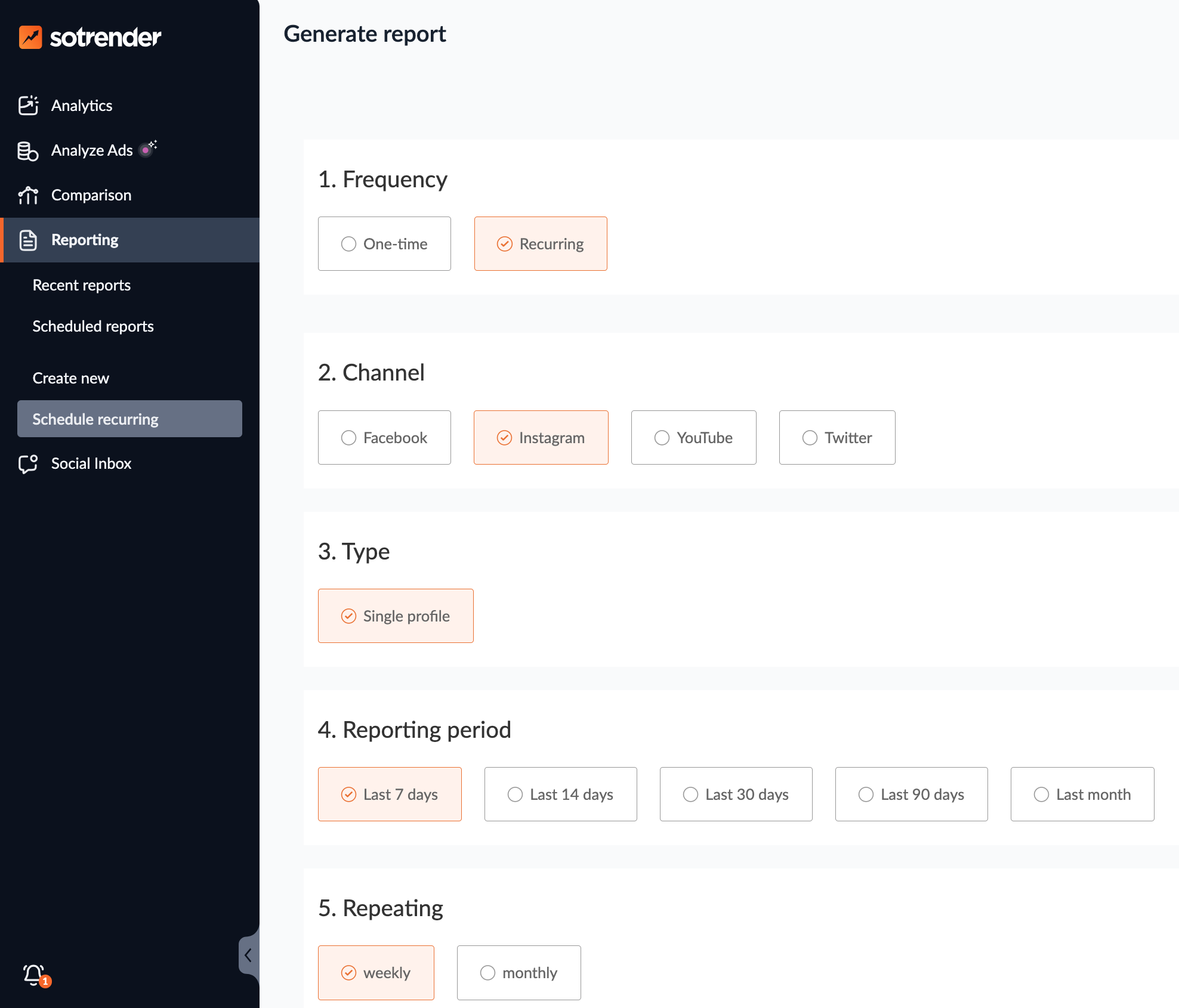

As you can see above, you can decide which sections you want to include in your report. You can either create a report just with the metrics about your followers or a comprehensive report informing about all aspects of your Instagram presence.
If you want to see what else is available in Sotrender, feel free to check out the free trial. There’s no obligation to pay and you don’t need your credit card details to sign up.
Track and use audience metrics to get the best results
To conclude, there are two ways that you can track Instagram followers and learn more about them. The first option is to do this directly through Instagram Insights with limitations. The alternative is to use a third-party tool that is more flexible than Instagram Insights.
Knowing who is in your audience, when they use the application, and how your audience changed over time gives you an edge over the competition. By analyzing your own account, you can track follower growth and engagement over time, which helps you understand what your audience is interested in, their age, or location. At the same time, you won’t get them to interact if you’re posting when they’re too busy to be on Instagram.
Long story short, alternative tools come with a range of functions that aren’t available in native tools. To make more meaningful conclusions about your Instagram marketing strategy, it’s crucial that you find a tool to give you deeper insights. Although you have to pay for these tools, they can make a difference in your workload.
It’s up to you to decide what will work best for you.
